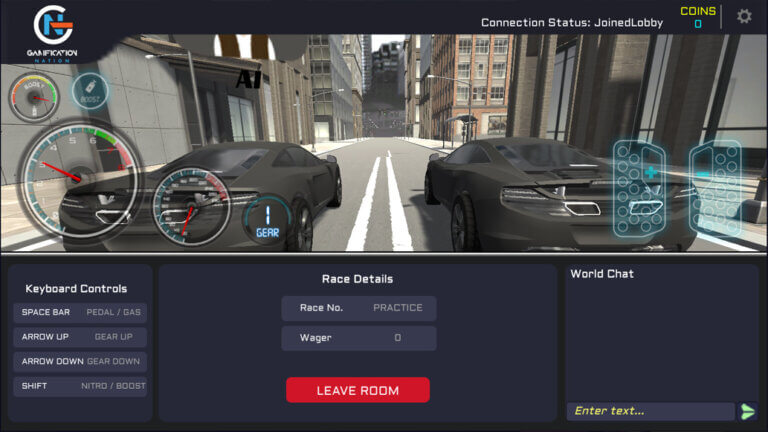Our brain aims to make sense out of things, in order to do so it has created some tricks and whether we like it or not, we will all at some point or other fall for what is also known in user experience design the principles of human attention. With the increasing speed at which information comes to us and the amount of channels that are always on. We can probably all understand that our incredible brain has a lot to process any given time.
Patterns and trends
To help itself the brain looks for patterns and trends. When you start learning something new, the brain is looking for patterns where maybe it has seen the same kind of activity before or looks for where it can spot new patterns. Once it finds them it starts to follow them. Any time we go on a website we expect certain elements to be present, the same with apps on our phones. There are patterns we look for to quickly enable us to use them in practise.
Chunking up or down
When presented with information we look to its associated step up or down. It is breaking a potential information overload into bitesize chunks and on the flip side too much detail to the next level summary chunk. When I learned NLP for the first time, we often played with chunking up or down when someone was in a place of overwhelm. In learning it is coming to a place where someone finds something they recognise or can relate it to. If you are playing a new game for example, you may sometimes recognise steps from other games that you have played, which give you confidence in your ability to play.
Normalising
We like to make things our kind of normal, so when we find something that requires our attention we pass it through the filter of our sense of normality. This can vary based on the environment, culture, upbringing, education etc. of the individual. What seems normal for me may not be considered normal for another person. It is relating things back to what we understand in our view of the world. In my work with adult learners, we often discussed theoretical concepts and then students were asked to apply them to things that they knew like their own work environment. This often lead to very interesting debates on what people considered normal. It’s like we have our set of rules to our environment, which are being shaped and re-shaped based on our experiences.
In gamification design we typically look to create recognisable patterns so people can get used to the flow of a design. We also use a technique which deliberately interrupts a pattern in order to get the person’s attention. Adaptive learning and game systems for some time are good at spotting opportunities to delve deeper into detail or go higher level for another. My default is go higher level, once I understand the higher level reasons and principles then I can deep dive into it later. By travelling and experiencing a lot of new ways of working, learning and seeing the world, I know my world view will be different to that of others and normal may look very different. When working with clients it is the reason why we like to observe what people are used to and what they like and dislike about certain processes before we start rolling out detailed systems. There are providers who take an opposite worldview to this and I guess the buyer decides in that case.
How do you use these three principles of human attention to grab the attention of your players, learners, employees?




